Canon XSi: 12.2 Megapixels, Image Stabilized Lens, and Double Live View
by Wesley Fink on May 5, 2008 3:00 AM EST- Posted in
- Digital Camera
Canon XSi vs. Sony A350
The A350 is an entry-level camera despite some high-end features like the 14.2MP sensor. As such it is designed to be easy to use. Ours came out of the package set up at the factory for Live View mode with Super Steady Shot on. In general Sony made the controls very easy to use and figure out. Sony tells us one complaint from buyers moving from point-and-shoot digital cameras to a digital SLR is that they are often overwhelmed by the controls of the DSLR. Point-and-shoot users will find the A350 easy to use and familiar right out of the box.
The tilt-up/tilt-down screen combined with real-time Live View is the absolute best configuration for the A350. The viewfinder is too tunnel-like for many so the Canon XSi is a better choice for viewfinder shooting. There is no better Live View camera though, if you can live with an LCD that is only a 90% approximation of the finished image.
In general the A350/A300 are very fast and very easy to use. The XSi is a better camera for those who may want to grow into a much more serious system, but Sony also offers growth to the very capable A700 and the upcoming full-frame Pro model.
Color for the Sony A350 is very accurate compared to the overly warm rendition of the Canon XSi at the Tungsten setting. For those who don't want to fuss and just point-and-shoot that may be important. In addition the Auto white balance for the A350 is the most accurate we've tested under Tungsten lighting. It is actually quite good shooting indoor tungsten, something most of its competitors do rather poorly.
The Sony also does well in noise control head-to-head with the Canon XSi. That was something of a surprise considering the Sony is a 14.2MP CCD sensor and the Canon is a 12.2MP CMOS. Up to 800 noise is very similar on both crops. Noise at 1600 is also comparable, but if you look closely at edges the Sony is exhibiting a greater tendency to appear jagged than the Canon XSi. ISO 3200 on the Sony is probably only usable on snapshots, but it is still usable.
Overall, the Sony A350 actually does better against the Canon XSi than we really expected and acquits itself quite well for a higher resolution sensor that should be showing greater noise than the Canon XSi. Resolution and noise control to ISO 1600 on the Sony holds its own against a sensor maker than has been the low-noise standard since DSLRs began.


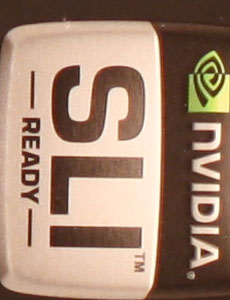
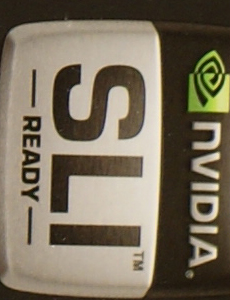


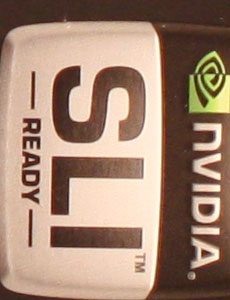
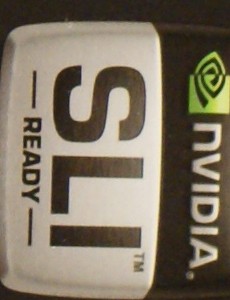
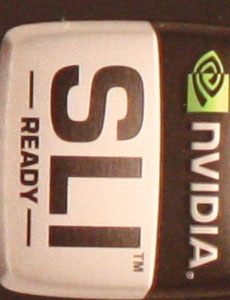
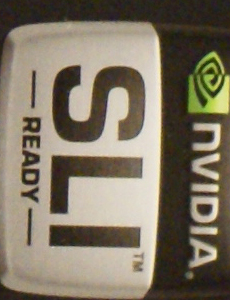
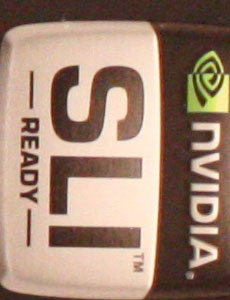

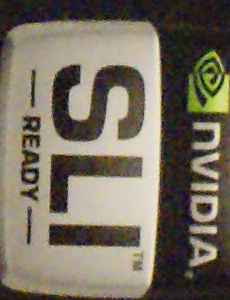








56 Comments
View All Comments
meanjean - Wednesday, September 3, 2008 - link
Anyone had trouble with memory cards not recording pictures because of being dislodged from contact points for some reason?thepieces - Saturday, May 10, 2008 - link
Cool review, but the samples are horrible. A little more effort than images from your back yard please :) Half of which are out of focusMidwayman - Friday, May 9, 2008 - link
"Early testing shows the new 18-55mm IS to be a superb lens with performance comparable to top-line Canon lenses."So you're saying the kit lens is up to L quality. Right.
Also that Nvidia test target you are using is really a pretty poor choice. Almost no fine detail. Noise is only have the story when comparing high iso. You also need to look at detail retention. The only thing that could possibly qualify is the TM. Alot of camera that appear to have low noise do it through destroying detail.
I know a couple other folks have mentioned the lighting. You're doing all this in a low light setting. What about outdoors? People take an awful lot of pictures outside. I know you complain about "studio lighting" but since you can't control outside conditions, at least you can bring the light level up to a reasonable level. For under a $100 you can pick up some work lights at home depot and a couple yards of white muslin to make a large softbox. Test shots are test shots and I'd rather see them at more normal exposures. (and then you can stop down to f8 to get max resolution)
m61376 - Friday, May 9, 2008 - link
I have been trying to decide between the D60 and the XSi for several days, reading everything I could find. The two stores I went to were very Nikon biased. This is one of the best comparative articles for a newbie to digital SLR, upgrading from a point and shoot.I appreciate the XSi comparison to the D60 rather than the D80. I think there are many people like me who are reticent to upgrade to the SLR's because of their size and the larger size and weight of the D80 and the like just take it out of consideration.
iamatrix - Friday, May 9, 2008 - link
Looking at samples from the D60 and Rebel, the D60 images at high ISO look better - better contrast, color rendition, and noise handeling. Canon suffers from high ISO chroma noise, which has been noted by dpreview time and time again, Nikon on the other hand has higher luminance noise. Chroma noise is much harder to deal with in the post processing stage and leaves a blotchy 'digital' look to high ISO images whereas the Nikon grain is more film like and easier to deal with using noise reduction software.Deadtrees - Thursday, May 8, 2008 - link
Though many reviewers and users have been complaining about Canon's yellowish WB under tungsten light, it is, in fact, Canon's policy to keep it that way.It's true that there're times when I want the pictures to look yellowish as it captures the mood of the scene such as in Cafe and restaurant. But at the same time, there're times when I want the pictures to look not yellowish at all.
Having said that, I understand where they're coming from and why they decide to keep it that way. However, it'd be much better if Canon, at least, gives two options in that situation: #1 for true to the eye, yellowish WB. #2 for absolute WB.
Sure, I get around with this 'problem' by having 3 slightly different tungten lighted gray card pictures in the memory card and using them accordingly. It pretty much solves the 'problem' but having that option built-in would be just better and eaiser.
I tried to find the link of the interview talking about this issue but failed. It was an interview done by a Japanese camera magazine with the president of Canon camera. If anyone has the link, providing would be more than greatful.
mikett - Wednesday, May 7, 2008 - link
I meant the shutterbox as the external construction is obvious.Wesley Fink - Wednesday, May 7, 2008 - link
Canon rates the 40D shutter for 100,000 actuations. We can not find a published spec for the XSi (450D) shutter, but it is presumably less than 100,000. The XSi shutter is more likely designed for 50,000 acttuations.punchkin - Wednesday, May 7, 2008 - link
You're talking out of your a**. There's no reason for such a claim.Wesley Fink - Thursday, May 8, 2008 - link
Actually there is a reason. As stated we could not find a spec for the rated shutter life of the XSi, but the 40D does have a specified rated life of 100,000. However a few other entry SLRs have a rated shutter life of 50,000 actuations, and we would expect the XSi to be competitive. That is an assumption and not a hard fact.The rated life for the Olympus E-3 is 150,000 shutter actuations and is specified, but many DSLRs do not specify a rated shutter life.